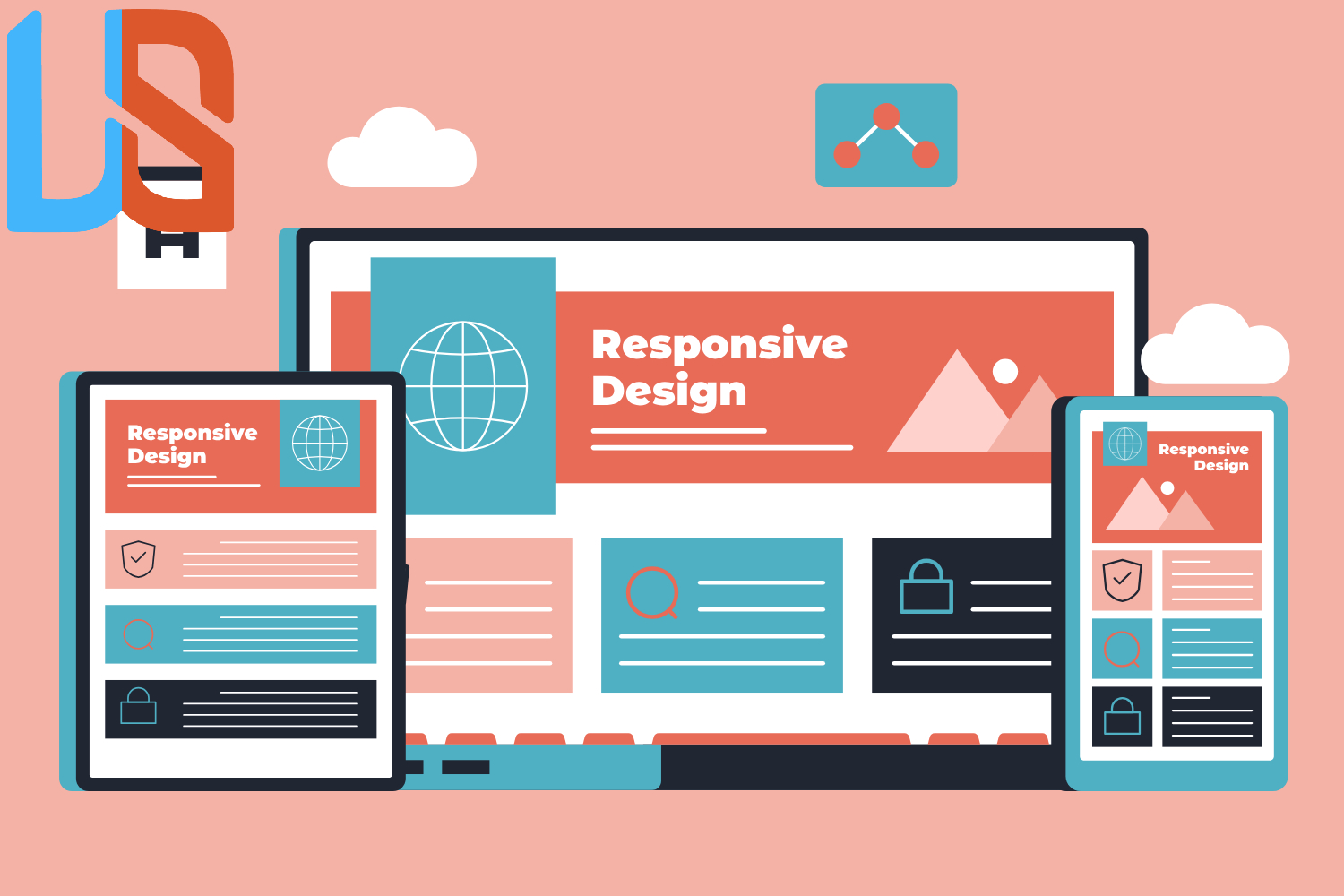
Introduction
In today’s ever-changing digital landscape, where smartphones and tablets play a crucial role in our daily lives, the significance of responsive web design cannot be overstated. It is a critical aspect of web development, ensuring websites seamlessly adapt to different screen sizes and devices. This article explores the importance of responsive web design in today’s mobile-first world, highlighting its various benefits, impact on user experience, and advantages in search engine optimization (SEO).
Understanding Responsive Web Design (RWD)
Responsive web design is vital in the mobile-centric world. It enables websites to adapt to various devices like smartphones and tablets. By using fluid grids, flexible images, and CSS media queries, it ensures a consistent and user-friendly experience. Responsive design positively impacts search engine rankings as search engines prioritize mobile-friendly websites. Businesses must embrace responsive design to reach a broader audience and thrive in the digital landscape.
The Significance of Mobile-First Design
With the exponential growth of mobile device usage, the importance of mobile-first design has become paramount. A mobile-first approach prioritizes designing for mobile devices before considering the desktop version. This ensures that the website delivers an exceptional user experience on smaller screens, catering to the needs of the vast mobile user base.
Enhancing User Experience (UX)
A responsive website significantly enhances the user experience. In today’s fast-paced world, where users expect instant access to information, a website that loads quickly and adapts seamlessly to their device is vital. Responsive web design eliminates the need for zooming or horizontal scrolling, making navigation effortless
Boosting SEO Performance
Search engines, including Google, prioritize user experience for ranking websites. Responsive design is rewarded with higher rankings. Such websites offer a consistent user experience, resulting in lower bounce rates and higher click-through rates—crucial metrics for SEO success.
Cost-Effectiveness and Maintenance
Maintaining multiple versions of a website for different devices can be cumbersome and costly. Responsive web design streamlines the development and maintenance process by consolidating all content into a single site that adapts to various devices. This approach not only saves time and money but also ensures that updates and changes are applied universally across all platforms.
Staying Ahead of the Competition
In a fiercely competitive digital landscape, staying ahead of the competition is crucial for businesses. A website that is not optimized for mobile devices may drive away potential customers and clients. Embracing responsive web design demonstrates a commitment to providing an outstanding user experience, giving businesses a competitive edge in their respective industries.
The Future-Proof Solution
As technology continues to evolve, new devices with varying screen sizes and resolutions will emerge. Responsive web design provides a future-proof solution, ensuring that websites remain accessible and functional on upcoming devices without the need for constant redesigns.
Engaging with the Mobile Audience
The majority of online activities, including browsing, shopping, and socializing, now occur on mobile devices. By adopting responsive web design, businesses can effectively engage with their mobile audience, fostering stronger connections and brand loyalty.
Harnessing Social Media Potential
Social media platforms are a powerful medium for driving traffic to websites. With responsive design, links shared on social media will lead users to a mobile-friendly site, increasing the likelihood of user retention and conversion.
Adapting to Multiple Screen Sizes
Responsive web design enables seamless adaptation to an array of screen sizes, from large desktop monitors to small smartphone screens. This adaptability ensures that all users receive the same high-quality experience, regardless of the device they use.
The Impact on Conversion Rates
Conversion rates are crucial for achieving business goals, such as sales, leads, or sign-ups. Responsive web design can improve conversion rates by being user-friendly and accessible, encouraging visitors to take desired actions.
Building a Unified Brand Identity
Consistency is key when building a brand identity. With responsive web design, businesses can maintain a consistent look and feel across all devices, reinforcing their brand image and instilling trust in their audience.
Conclusion
In conclusion, responsive web design is essential in today’s mobile-first world. It offers an optimal user experience, boosts SEO performance, and keeps businesses competitive. Embracing responsive design future-proofs websites and shows a commitment to meeting the needs of tech-savvy audiences. To thrive in the digital realm, embracing responsive web design is vital.
FAQs
Yes, responsive web design is crucial for all websites as it ensures a seamless user experience across devices, positively impacting SEO and user engagement.
Search engines favor responsive websites by considering user experience metrics, such as lower bounce rates and higher click-through rates, which contribute to better rankings.
Absolutely! Prioritizing mobile-first design ensures that your website caters to the growing mobile user base and provides a better user experience.
The most significant advantage is that responsive design adapts to various screen sizes and devices, making your website accessible to a broader audience.
Implementing responsive web design may require an initial investment, but it ultimately saves money by streamlining maintenance and ensuring future compatibility.





